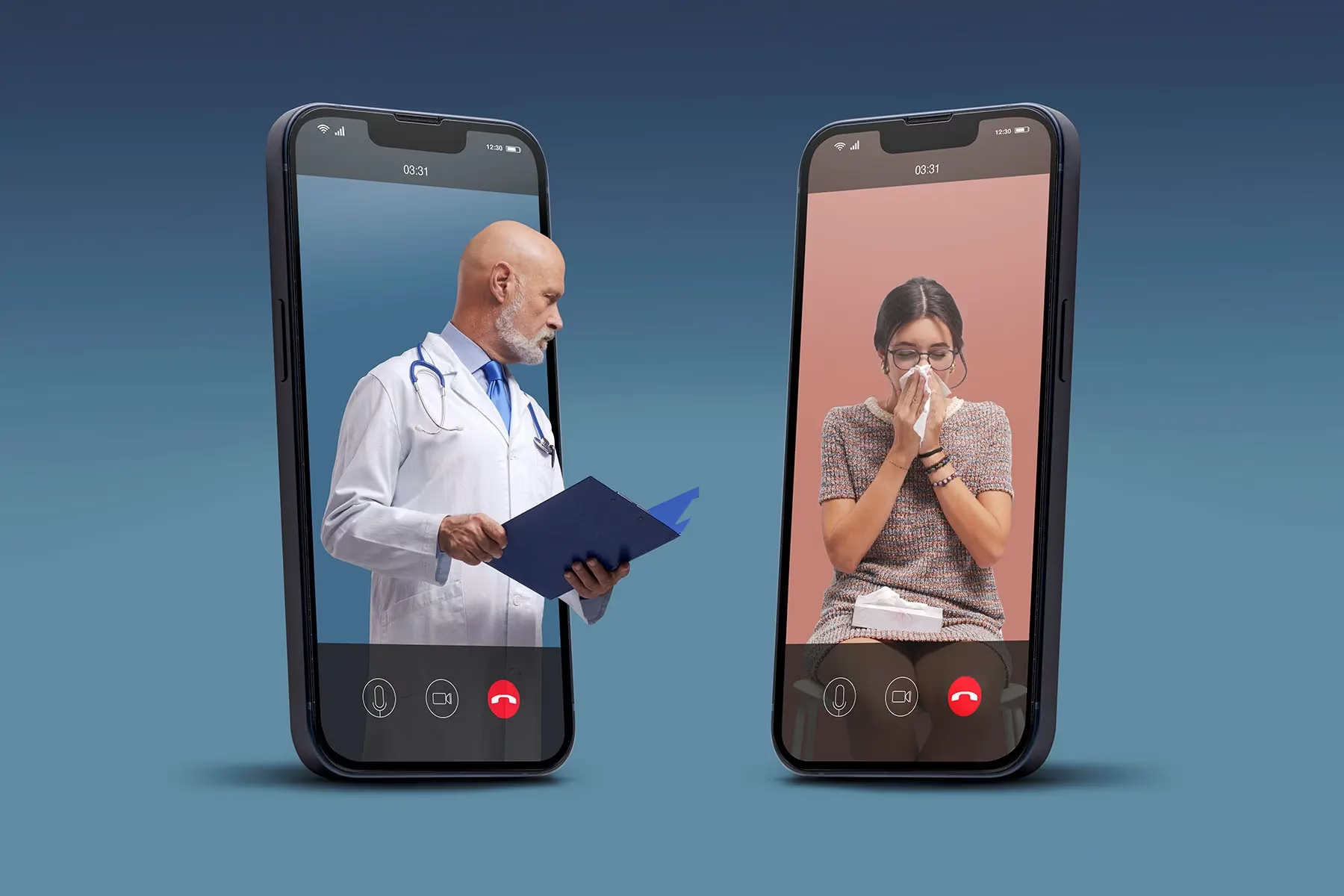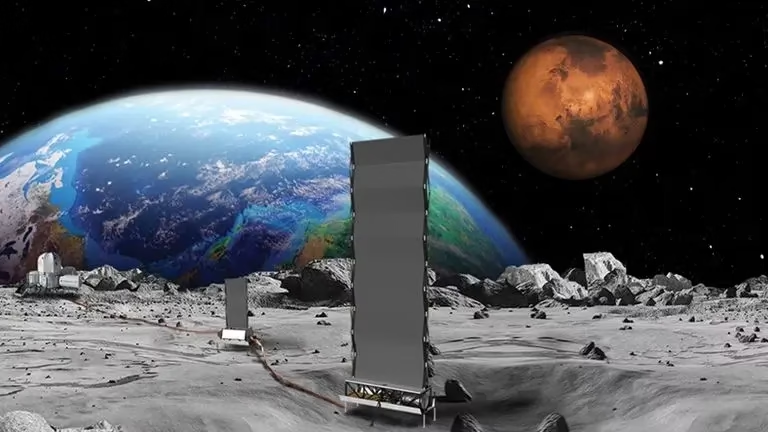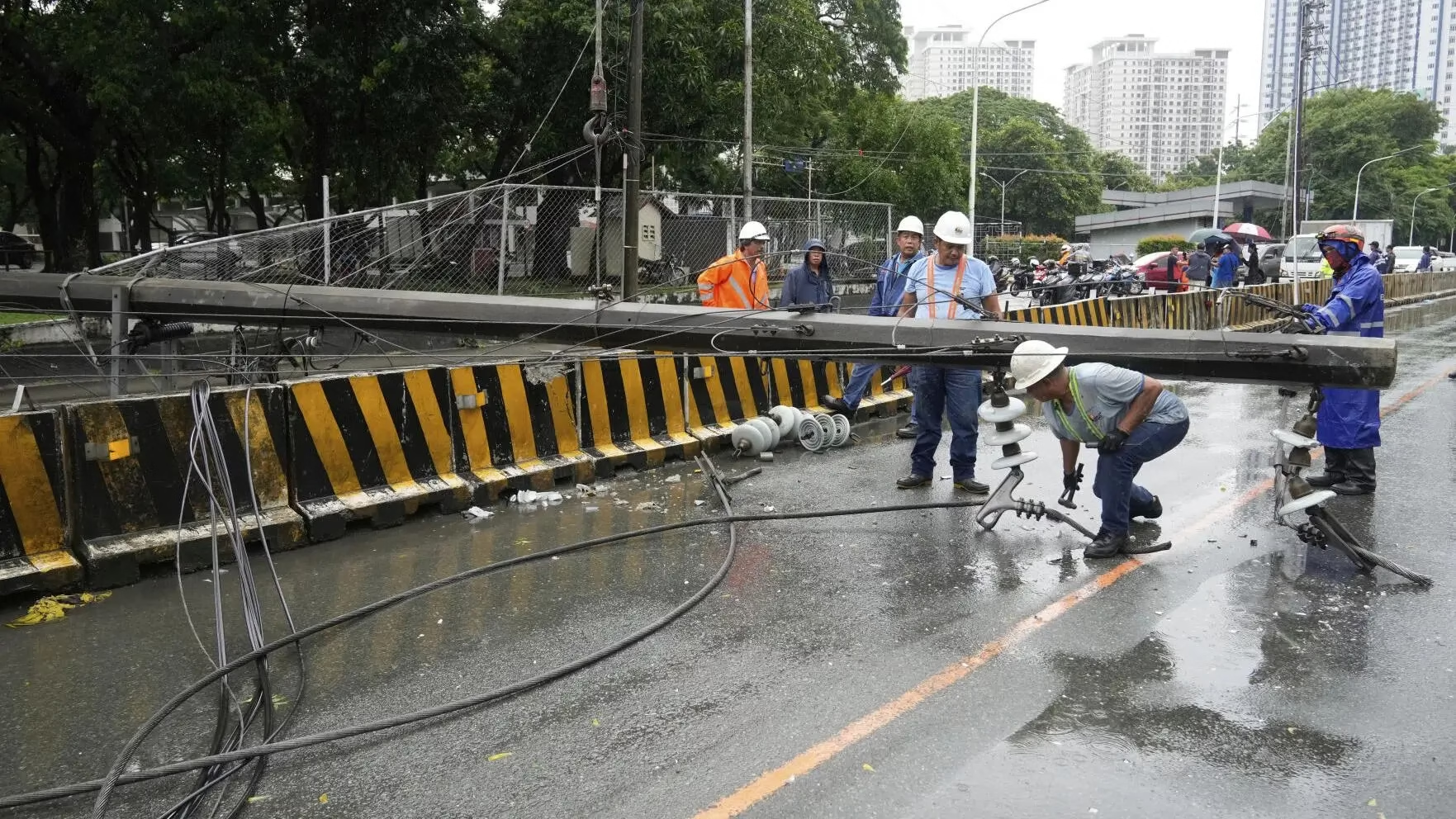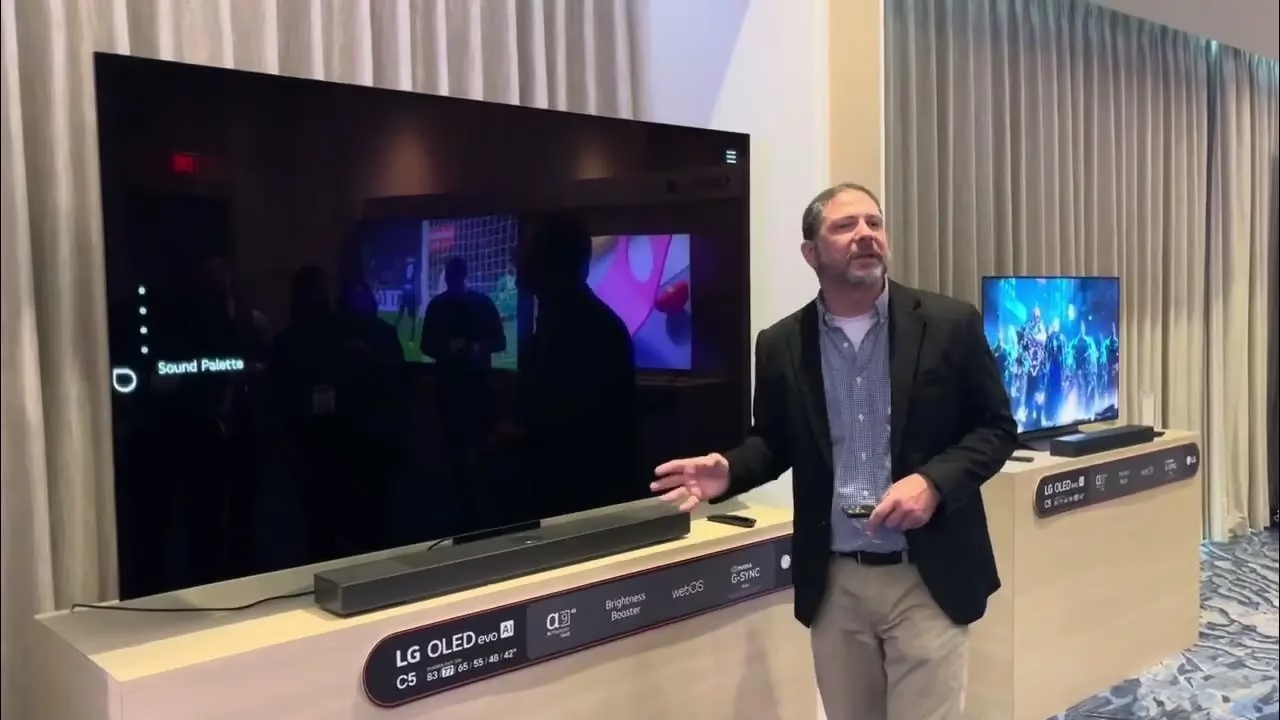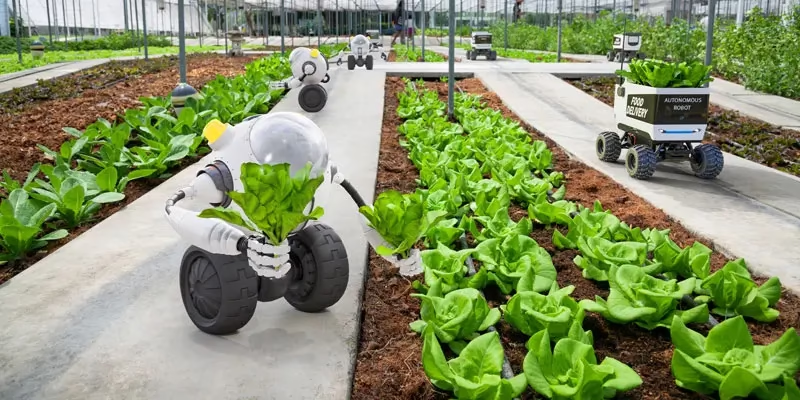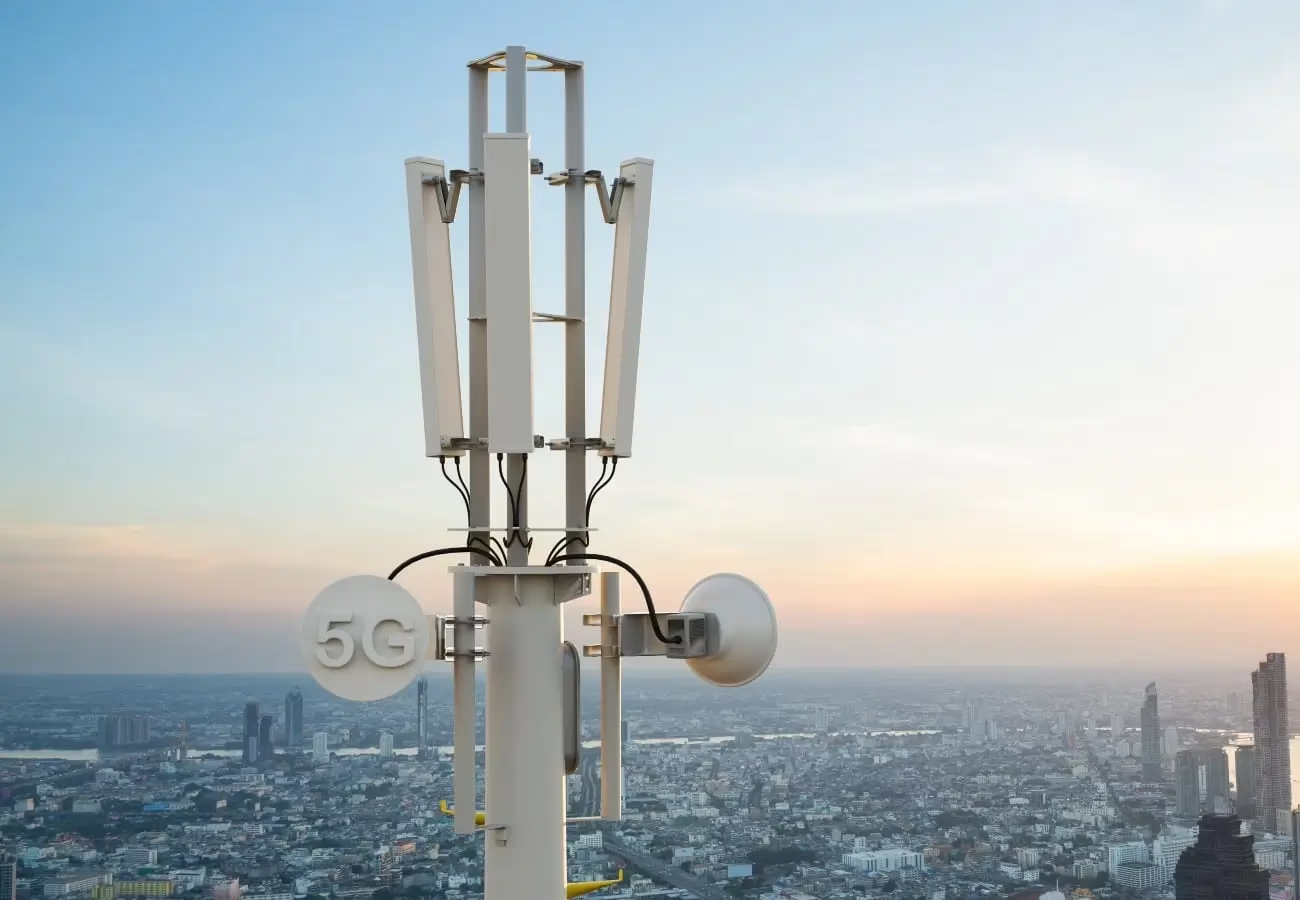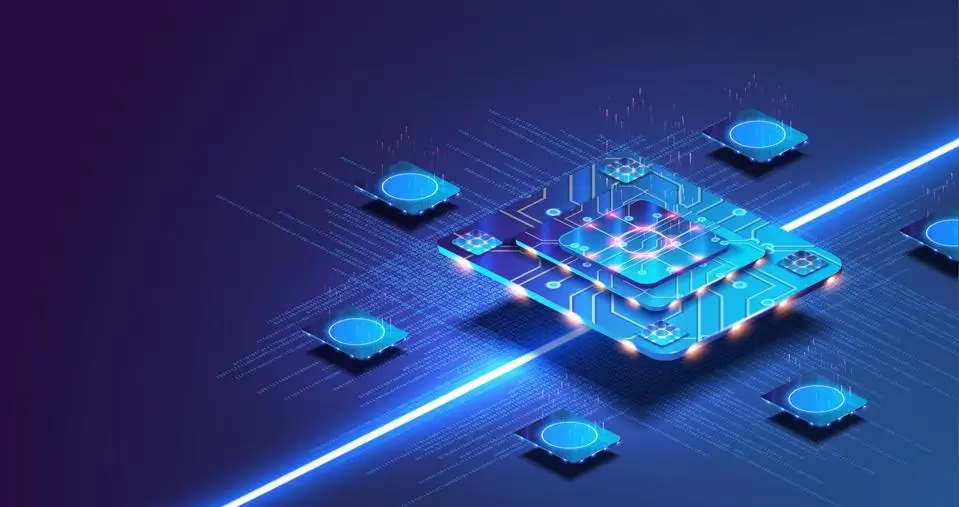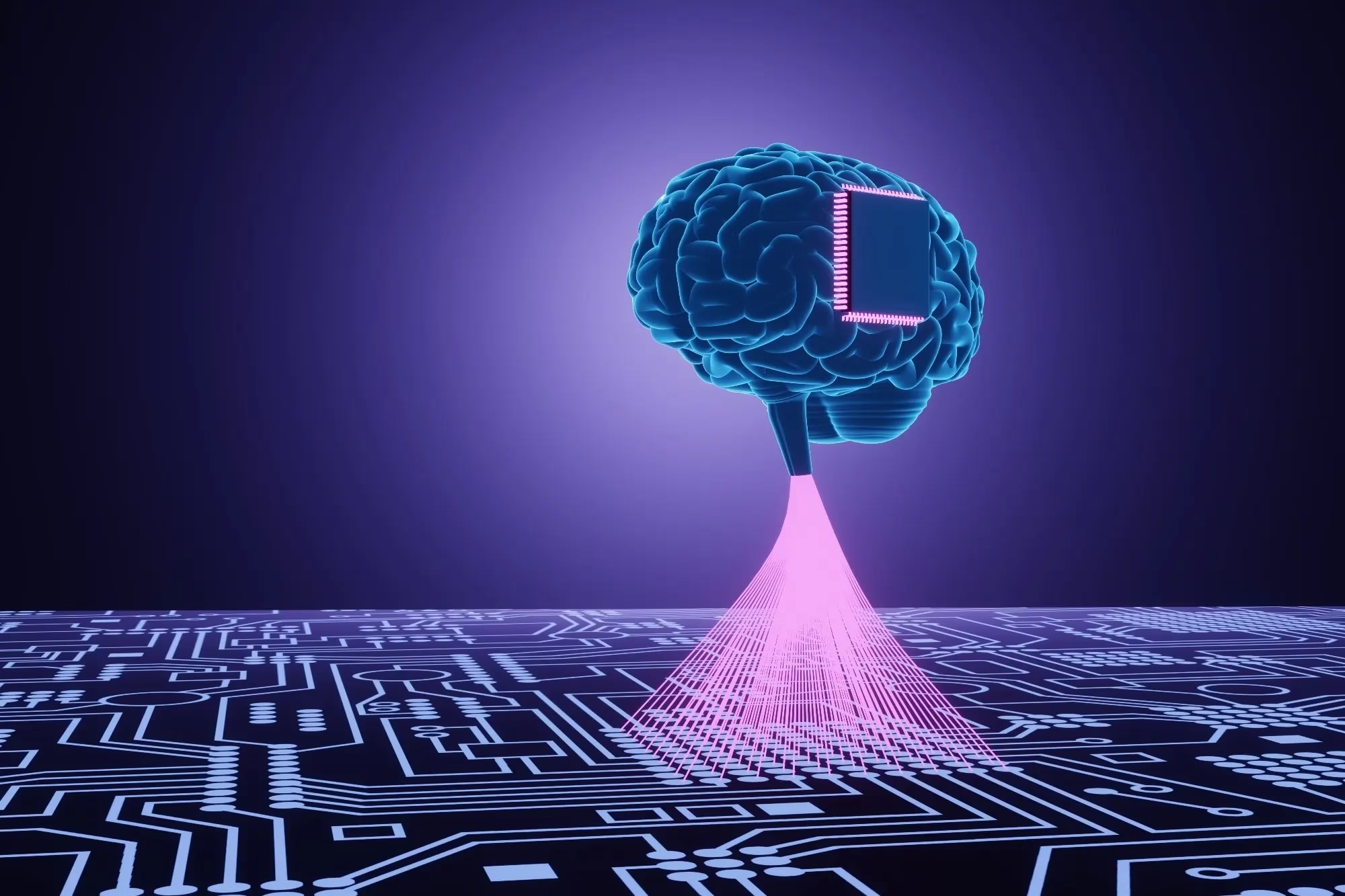
Next-gen Virtual Reality (VR 2.0) is revolutionizing immersive experiences in 2025 by combining cutting-edge hardware, artificial intelligence (AI), 5G connectivity, and advanced software development to offer ultra-realistic and interactive digital environments. This new generation of VR moves far beyond the bulky, tethered headsets of the past, delivering heightened realism, enhanced usability, and broader applications across entertainment, education, healthcare, and industry.
VR 2.0 integrates state-of-the-art technologies such as ultra-high resolution displays with wider fields of view and higher refresh rates, which reduce motion sickness and create more lifelike visuals. Lightweight, wireless headsets and wearable innovations like haptic gloves and full-body suits provide tactile sensations that simulate touch, pressure, and even temperature, vastly enhancing user presence and engagement. For example, haptic feedback allows users not just to see but also to ‘feel’ virtual objects, bridging the gap between the physical and digital worlds.
Artificial intelligence plays a pivotal role in VR 2.0 by powering smarter virtual environments that adapt dynamically to user actions. AI-driven avatars and non-player characters (NPCs) enable more natural interactions, while machine learning models analyze behavior to personalize experiences in real-time. “AI integration turns virtual worlds into living, responsive spaces,” says a leading VR developer, underscoring how this synergy elevates immersion.
The widespread rollout of 5G networks also fuels VR 2.0 by providing ultra-fast, low-latency wireless connectivity essential for seamless streaming of high-fidelity content, often via cloud computing. This advancement reduces dependency on expensive, bulky hardware because resource-heavy rendering can occur remotely, streaming the output instantly to lightweight devices.
Applications of VR 2.0 are expansive. Beyond gaming and entertainment, sectors such as healthcare use VR 2.0 for surgical simulations and immersive therapies, education benefits from experiential learning environments, and design professionals employ VR to visualize and modify projects collaboratively in real time. Retailers leverage VR to offer personalized, interactive shopping experiences. The rise of the metaverse — persistent virtual shared spaces blending VR, augmented reality (AR), and the internet — further amplifies VR 2.0’s potential to transform social interaction and digital commerce.
According to AhomTech, “VR 2.0 is not just an upgrade but a fundamental reimagining of human engagement with digital realities—offering experiences previously confined to science fiction, such as attending virtual concerts on Mars or training with a virtual sensei.”
Challenges remain, including high initial costs, content standards, and wide accessibility, but ongoing research and decreasing hardware prices promise broader adoption. Universities and research labs worldwide actively advance VR 2.0 technologies, focusing on improving usability, reducing motion sickness, and enhancing AI-driven personalization.
In summary, VR 2.0 in 2025 offers an ultra-immersive evolution of virtual reality, melding high-resolution visuals, haptic feedback, AI responsiveness, and 5G-powered connectivity to redefine digital interaction across multiple industries. The next steps focus on making these experiences more affordable, accessible, and seamlessly integrated with emerging technologies like cloud computing and the metaverse. As adoption grows, VR 2.0 promises to blur the boundary between virtual and physical worlds, heralding a new era of immersive digital experience.
Readers should watch for upcoming device launches, expanded VR content ecosystems, and advancements in AI integration as key indicators of how VR 2.0 will shape our realities in the coming years.
